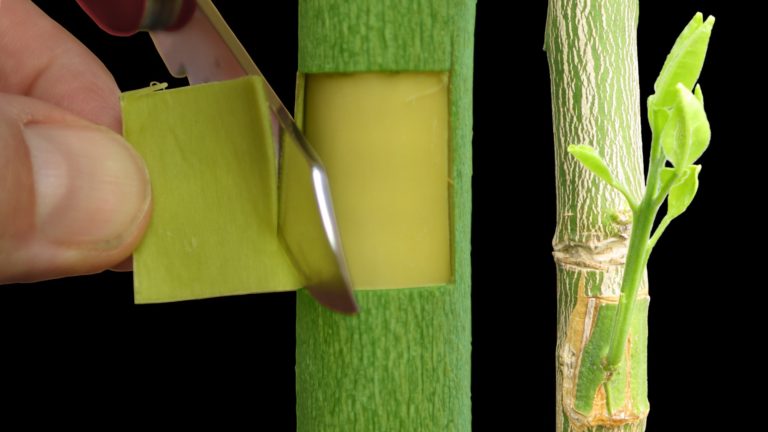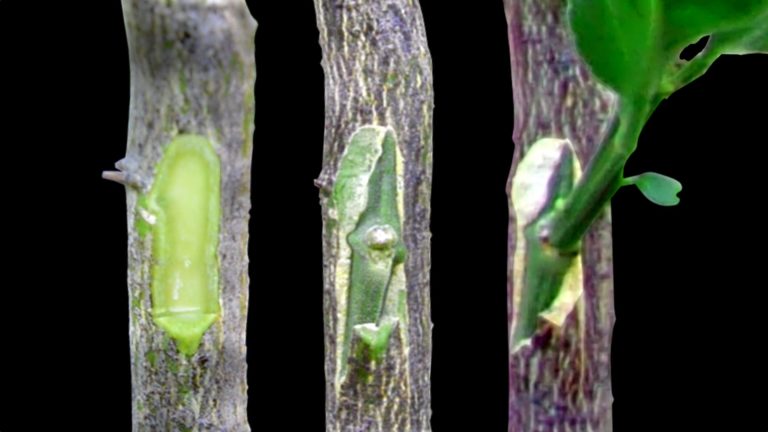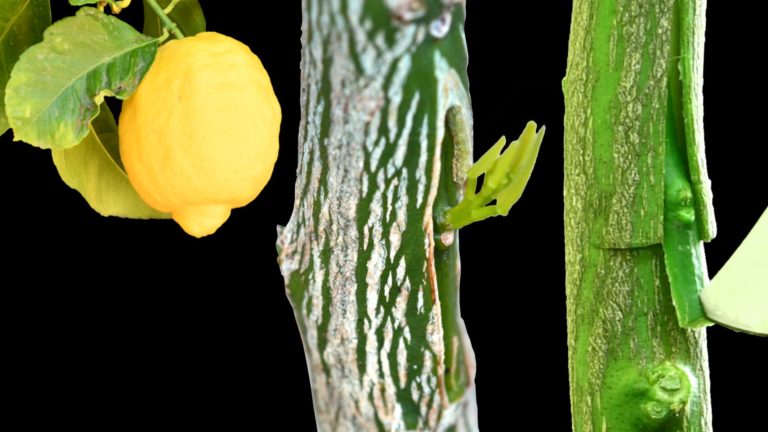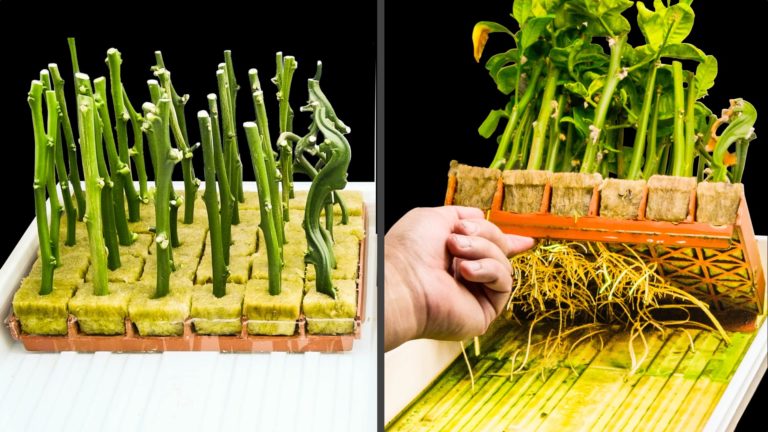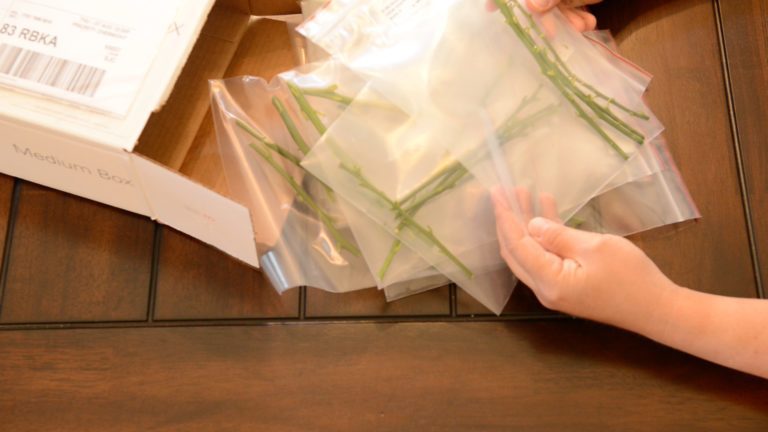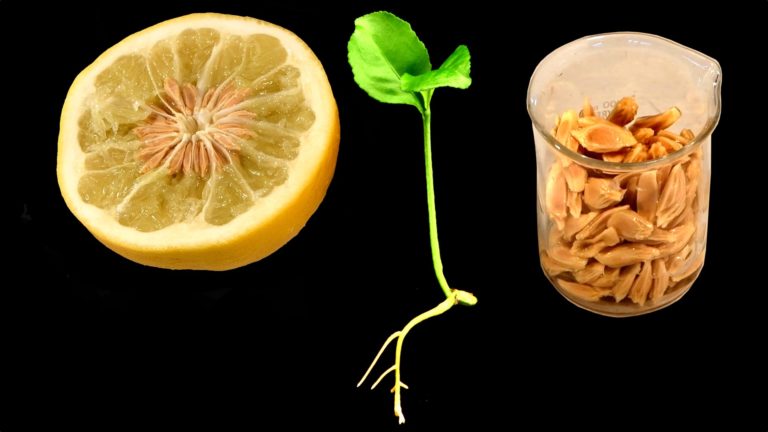Ebb and Flow System for Easy Rooting of Fruit Tree Cuttings
I decided to build an automated ebb and flow system (or flood and drain system) to help me more easily root fruit tree cuttings after a prior experiment in rooting citrus cuttings. Although I had some success with my citrus rooting experiment, it was way too much work and I wanted to find an easier way. I have now used my automated ebb and flow hydroponics system to root citrus cuttings, root fig cuttings, and root other fruit tree cuttings.

Ebb and Flow System – YouTube Video
In addition to this article, I have made a YouTube video showing how I built my automated ebb and flow system.
Experiment Rooting and Grafting Citrus in One Step
For my rooting experiment, I ordered budwood from California's Citrus Clonal Protection Program.
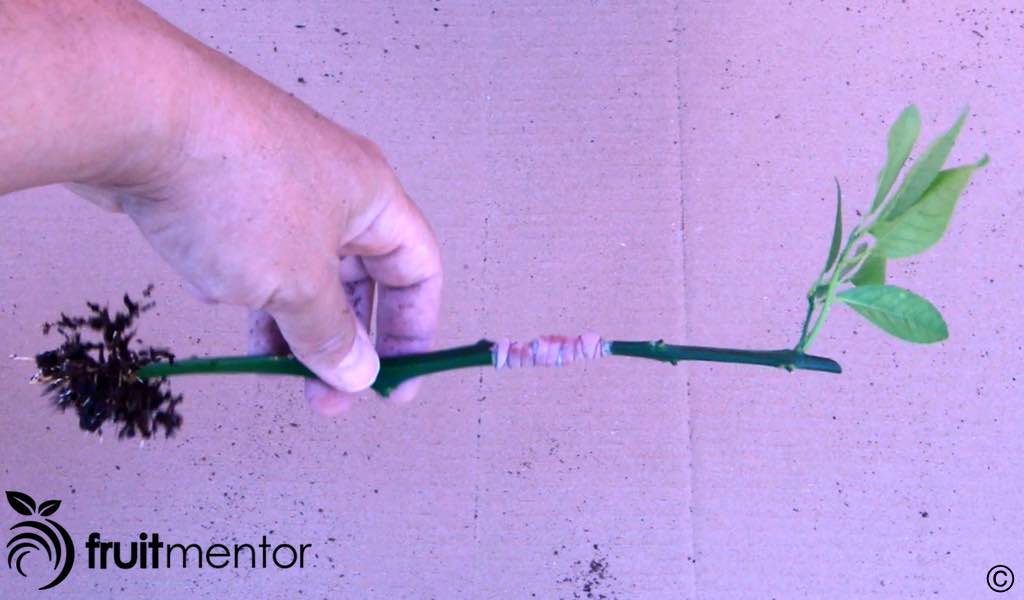
I grafted scions of the fruits that I wanted to grow to cuttings of some of the best rootstocks. I applied rooting hormone to the ends of the rootstocks and I planted them in coconut coir. That was the easy part.
Rooting and Grafting – Video of Experiment
The hard part was maintaining the proper environment for the cuttings until roots developed. Moist roots, humid air, and the right temperature are critical. I automated temperature control using a thermostat, a heat mat, and a fan but for several months I manually watered and misted the plants every single day. That is except when I went on vacation and I had to ask my neighbor to do it for me.
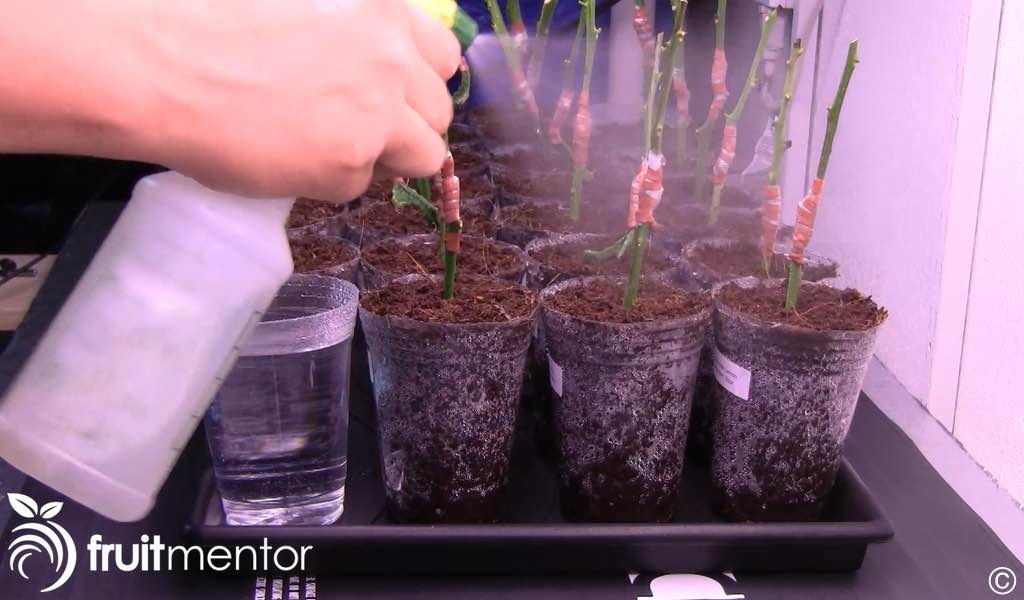
Automated Ebb and Flow System to Water Cuttings Being Rooted
To reduce the effort of watering the plants, I decided to build a system to automatically water them during root development. After some research, I decided to use a hydroponics method that is sometimes called ebb and flow and sometimes called flood and drain. With this method I would keep a reservoir of water underneath the plants and use a pump to periodically wet the roots.
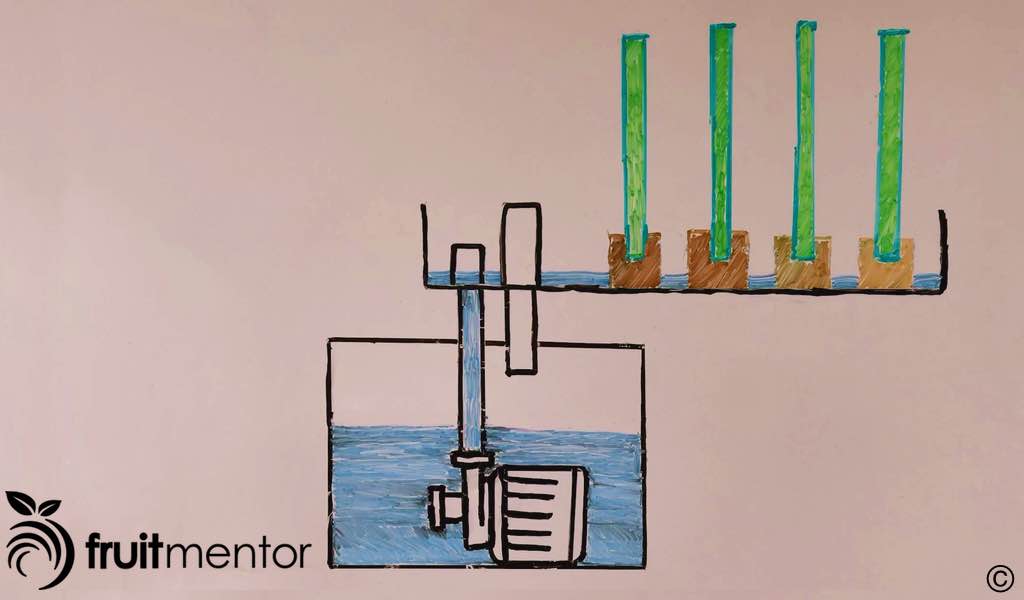
I was a bit frustrated that I couldn't find off-the-shelf ebb and flow trays that would work well for rooting.
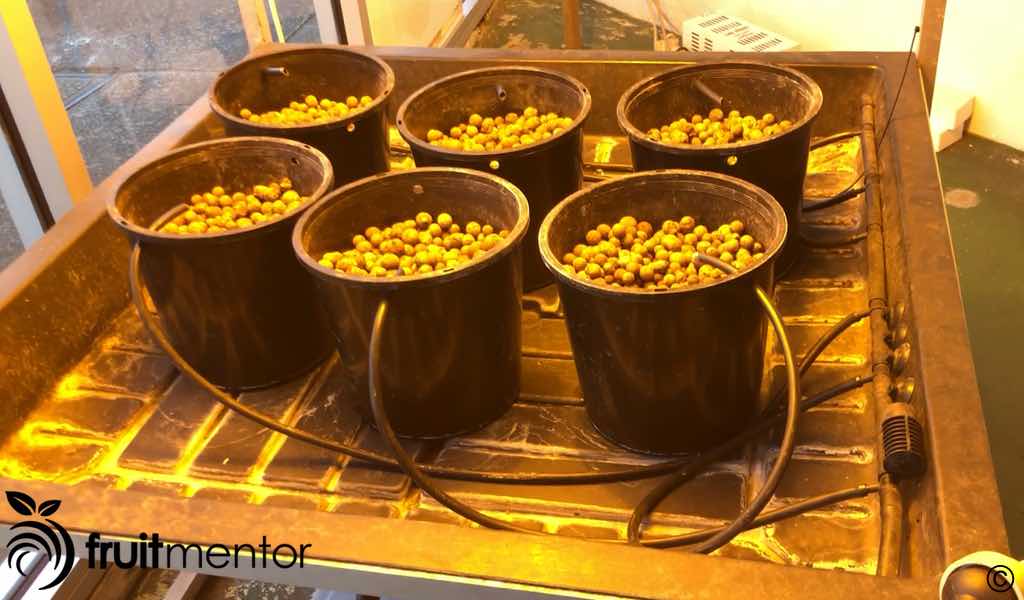
How to Set Up Ebb and Flow System
I decided to figure out how to set up an ebb and flow system by hacking trays that I like accept the ebb and flow drain fittings. To reduce heat I used white trays rather than the more common black ones.
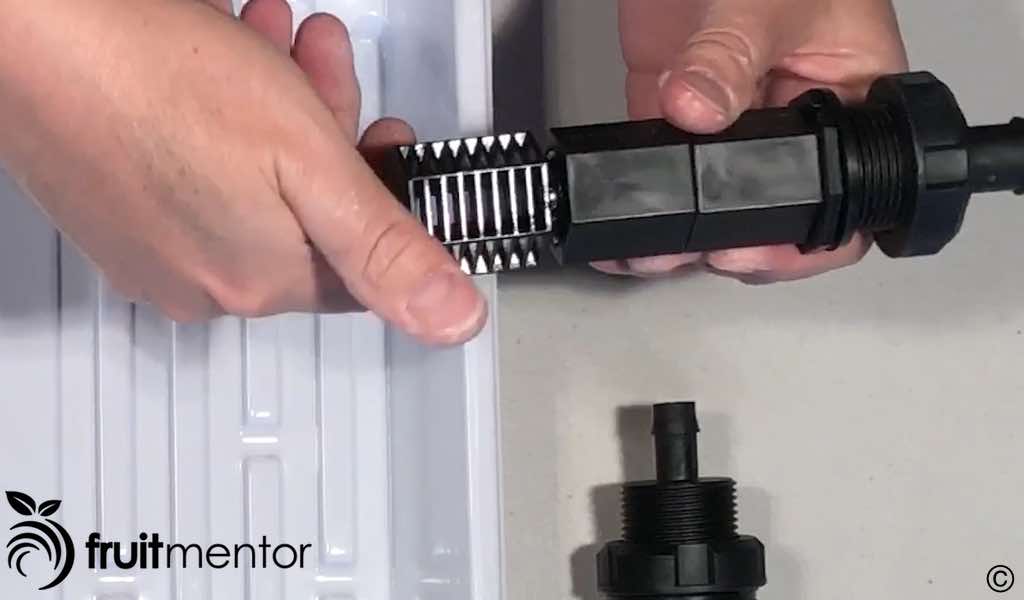
I marked where I wanted the holes for the ebb and flow fittings.
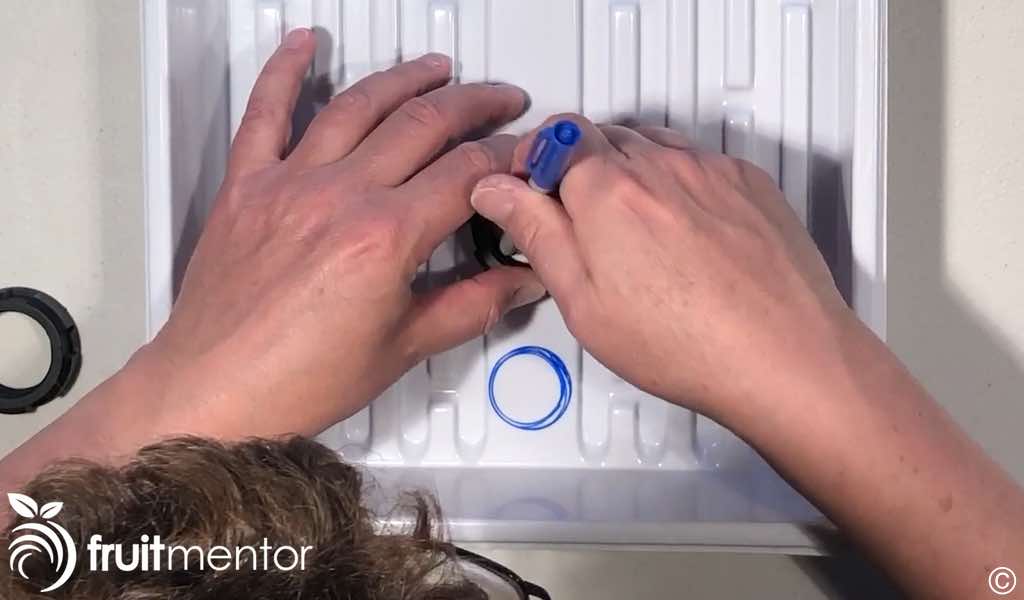
I cut out the holes using a hot knife. If you build an automated ebb and flow system yourself, be sure to distance the holes to allow for the added diameter of the grommets that screw on at the bottom.

Next I sealed the fittings. I wouldn't recommend hot melt glue for plumbing, but I had it handy and I thought it would work OK for a low pressure scenario like this.
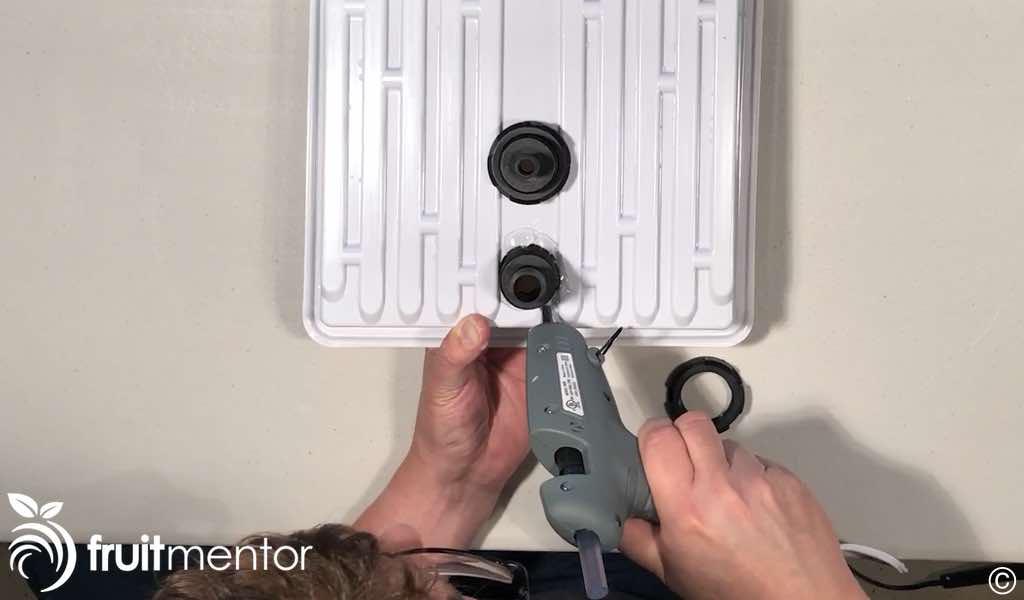
The ebb and flow hydroponics system would be in my garage where a leak wouldn't be much of a problem.
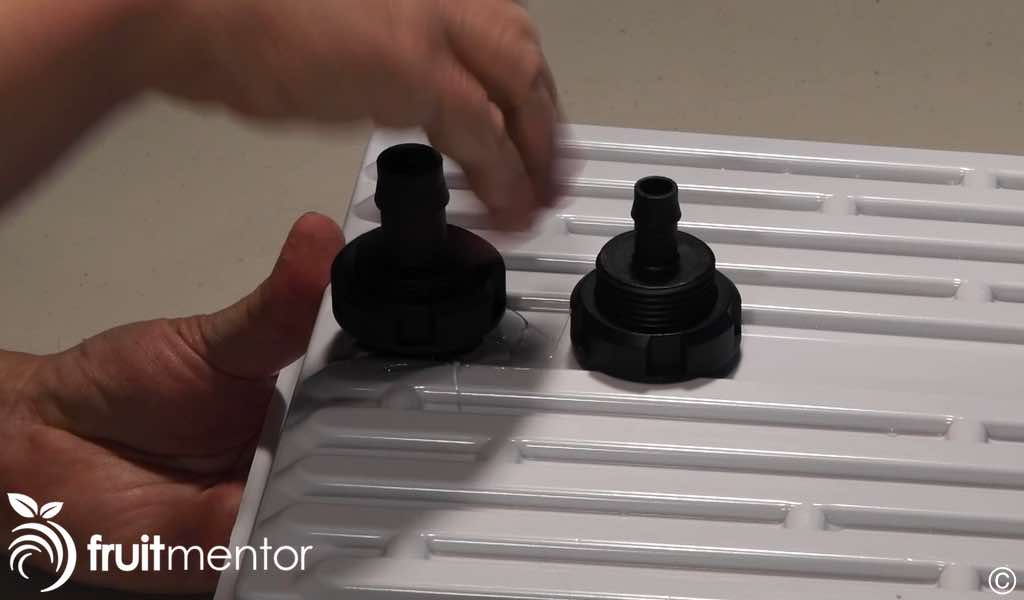
Each tray uses two ebb and flow drain fittings. One is used to supply and drain the water and the other fitting is used to prevent the tray from overflowing.
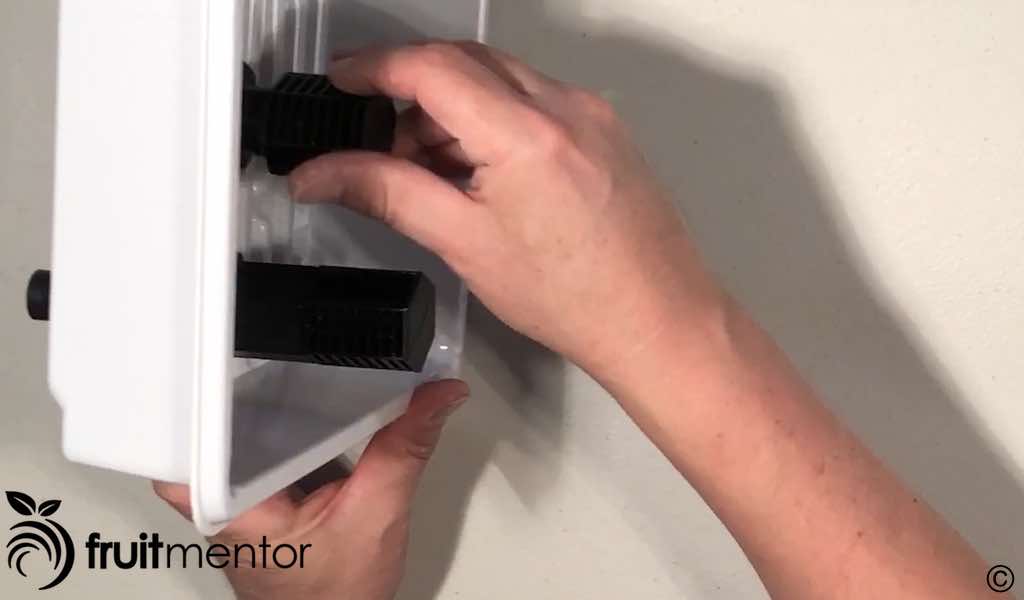
I decided to use one pump to feed two trays, so I used a T-fitting to split the supply line coming from the pump.
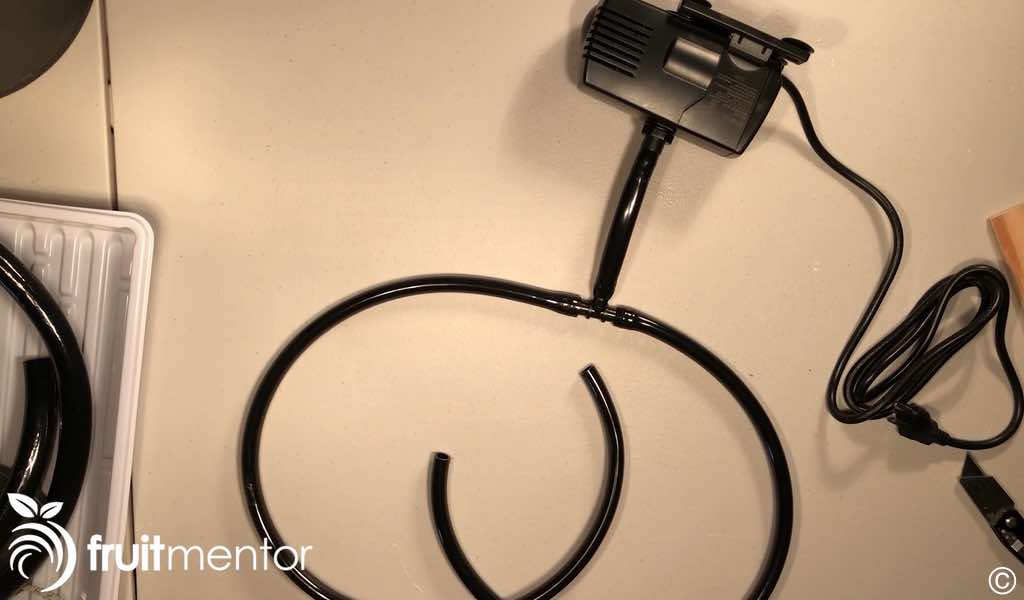
Ebb and Flow Reservoir
For my ebb and flow reservoir I used a five gallon bucket.
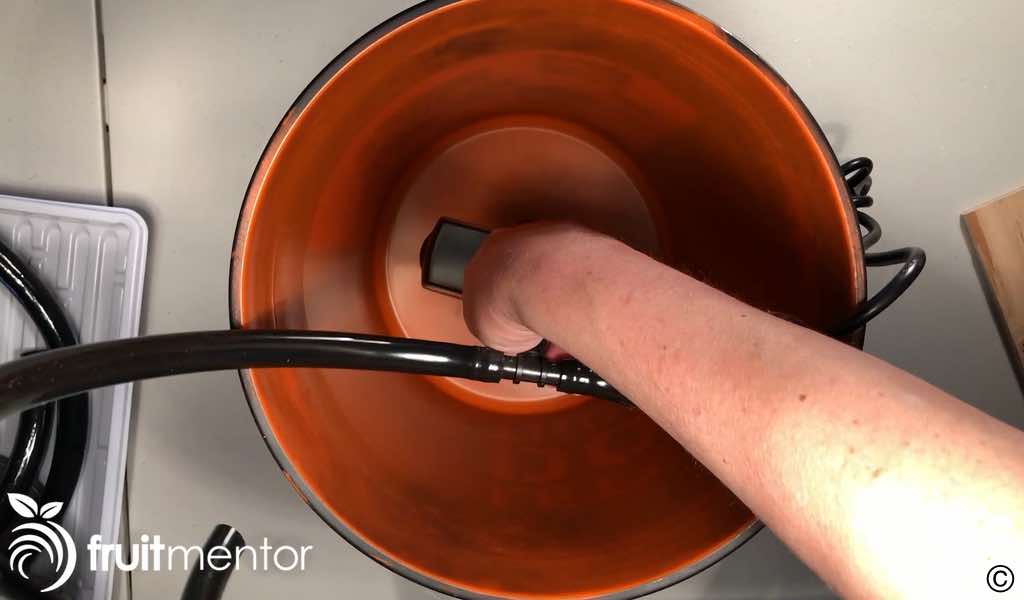
I used plywood and two-by-fours to build a table big enough to hold four trays. I'm not sure if it was necessary, but I used foam insulation on top of the table to help keep the trays warm. I cut holes in the table big enough to fit both flood and drain fittings on each tray.
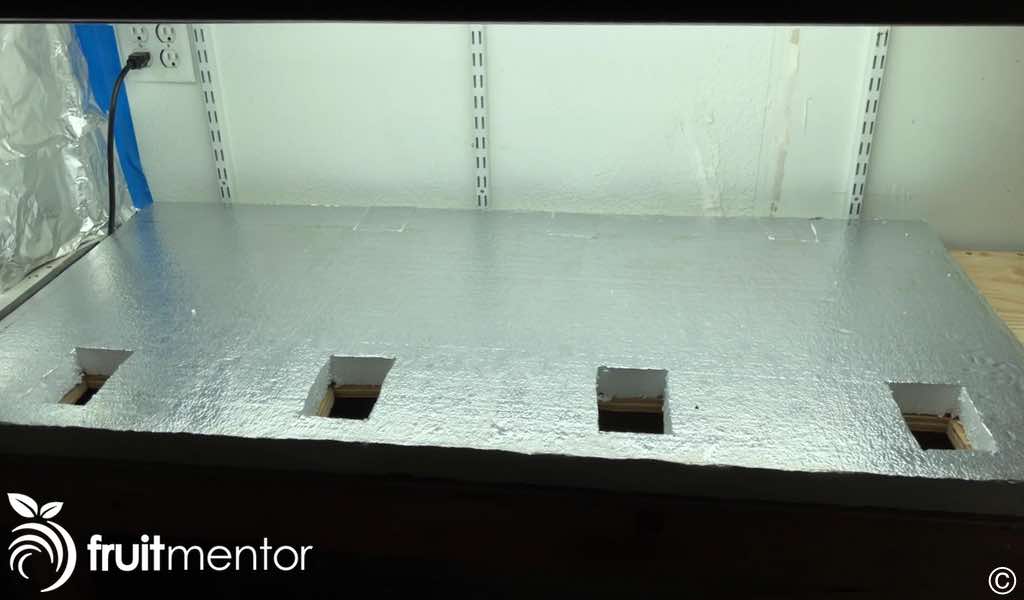
The final steps were to connect the supply lines from the pump to the trays and then to connect the drain lines to the overflow fittings.
Testing the Automated Ebb and Flow System
Next I filled my bucket and tested the system. I initially tried distilled water but later I found that tap water also worked just fine for rooting.

I set a digital timer to turn the pump on for one minute, twice a day. One minute was long enough for the pump that I bought, but I think I could have easily used a less powerful pump if I had set my on-time to longer than a minute.
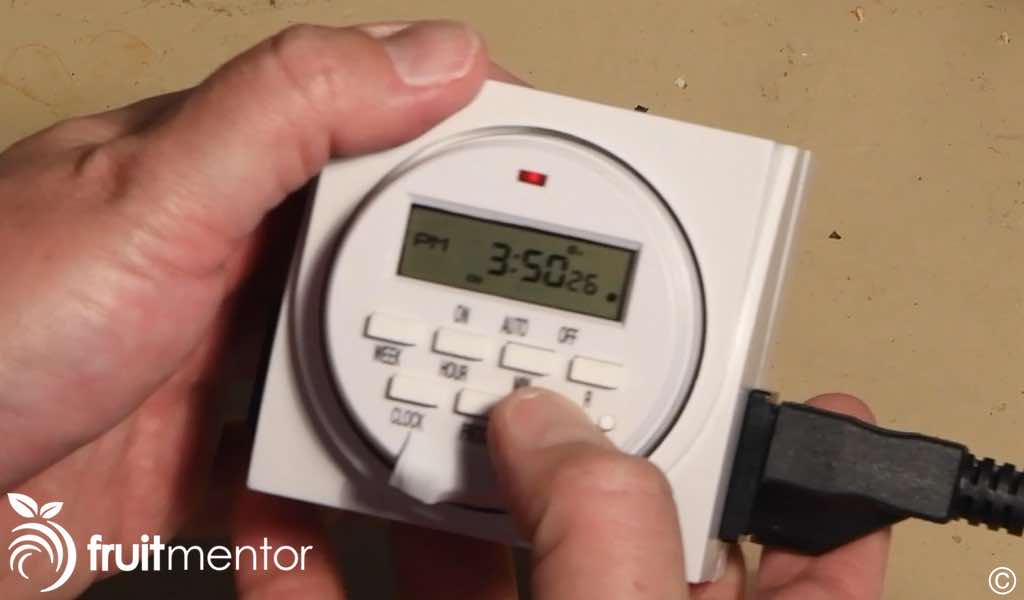
Water is pumped into the tray via the shorter fitting.
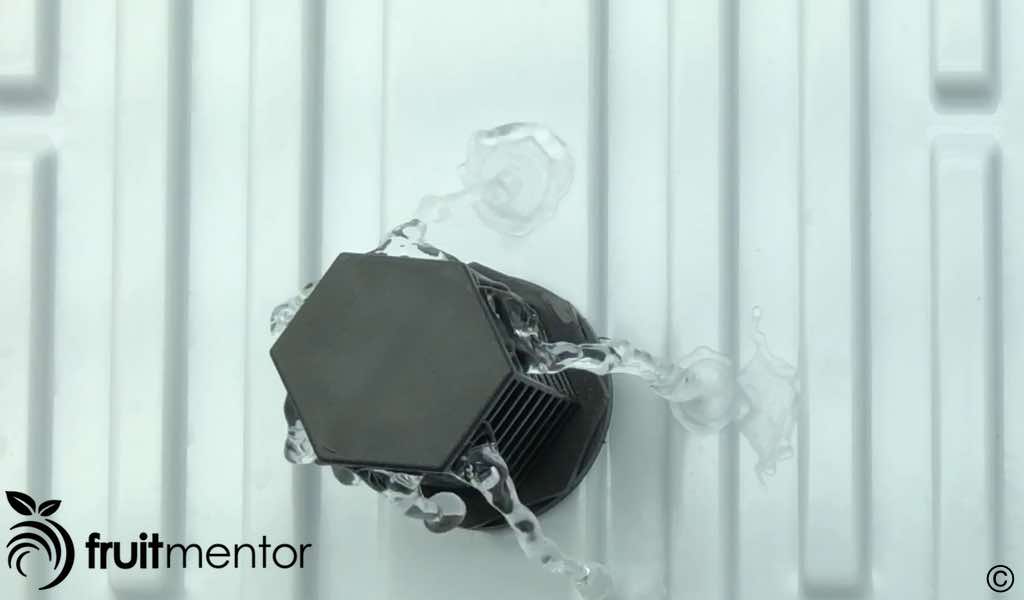
When the water reaches the maximum level, the excess flows out the overflow fitting into the bucket until the pump stops. When the pump stops, the water drains out of the tray through the shorter fitting and into the bucket through the pump.
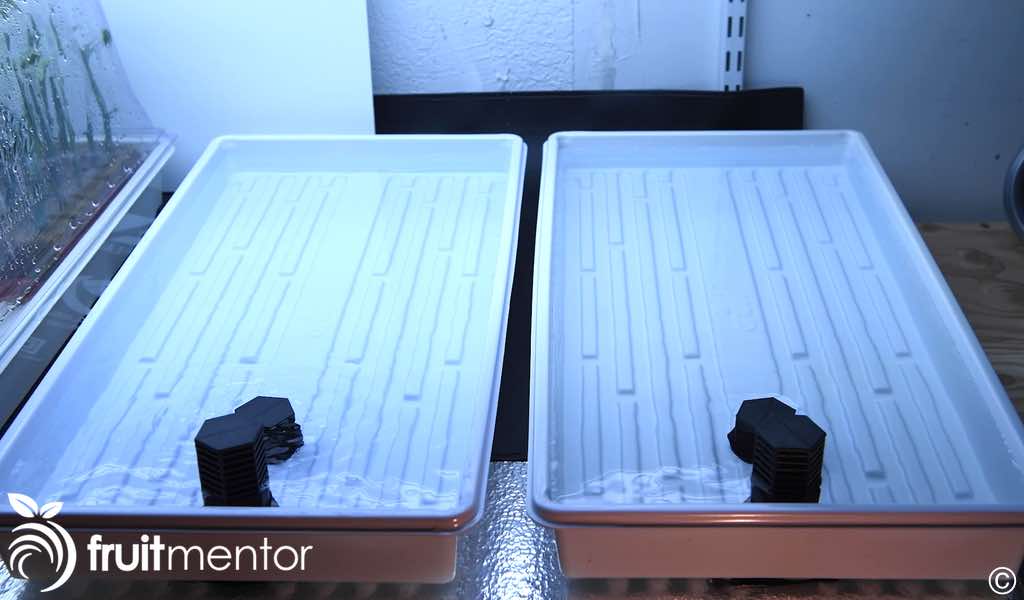
Rooting Cuttings with the Ebb and Flow Hydroponics System
For my growth medium with this system I used a man-made product called stonewool. It's very similar to the natural glass fibers produced by volcanoes called Pele's hair.
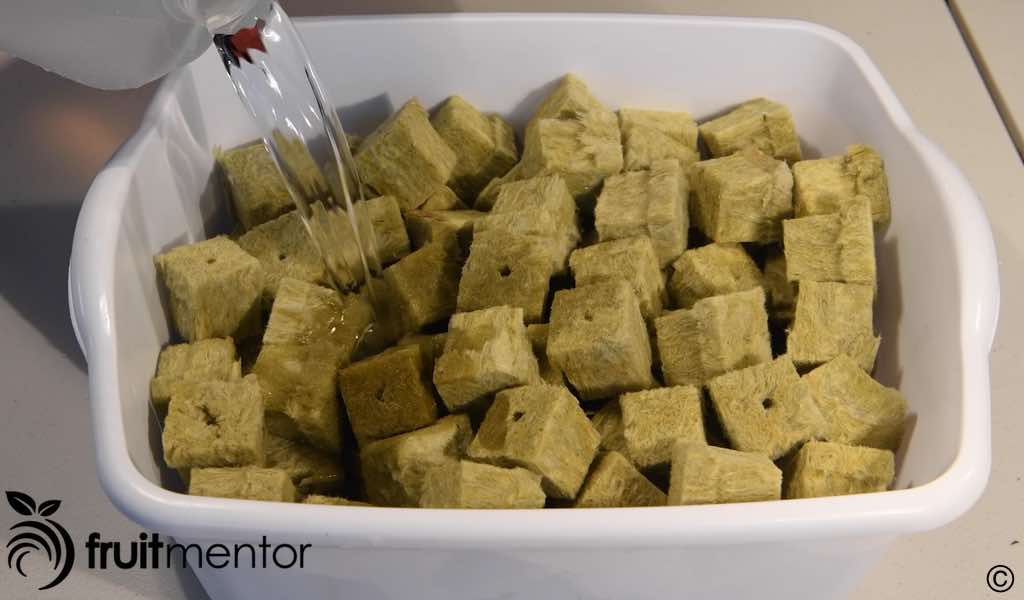
I tried my new flood and drain set up on a variety of citrus rootstocks.
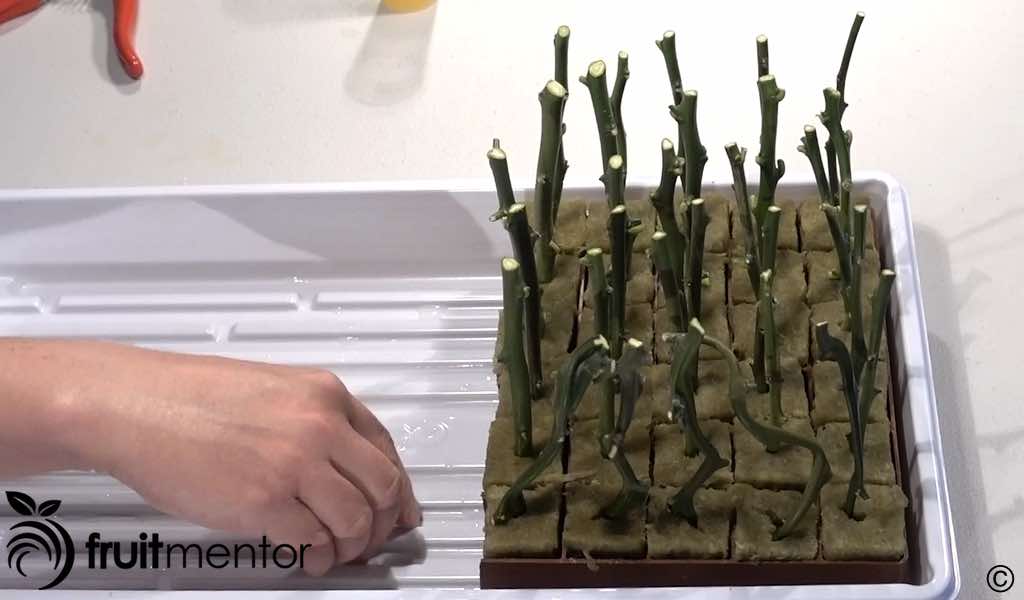
Rooting Citrus Rootstocks in Ebb and Flow Hydroponics System
This video shows in more detail how I used the automated ebb and flow system to root citrus rootstocks.
Although the effort to water the plants was minimal, I was still disappointed by the results. My favorite rootstocks for growing the most delicious oranges, mandarins, pummelos, and grapefruits had a poor success rate.
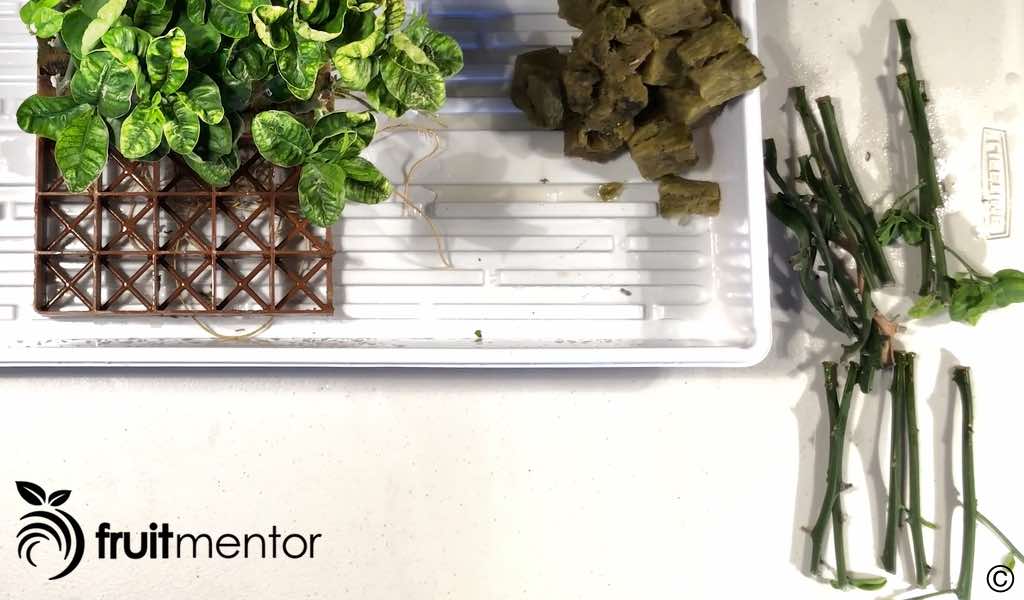
The best success rate was with rootstocks well-suited to grafting lemons but I found those plants to be slow-growing and inferior to seedlings.
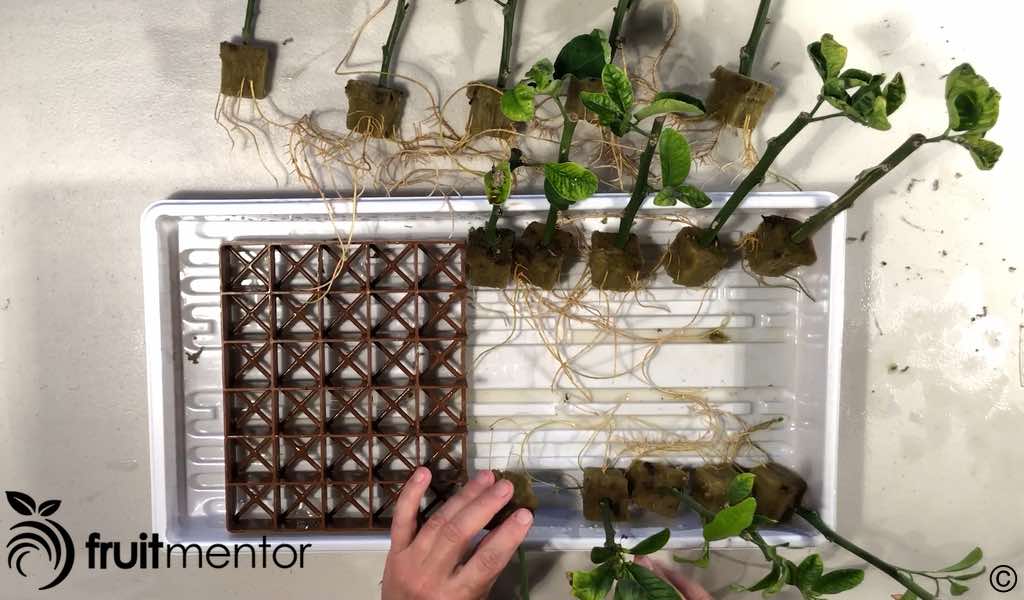
Conclusion
The flood and drain system is a huge time saver. I have had success using it to root some types of fruit trees. However, for citrus I do not recommend rooting rootstocks at all. Instead I recommend either rootstocks grown from seed or small trees from a reputable nursery.


